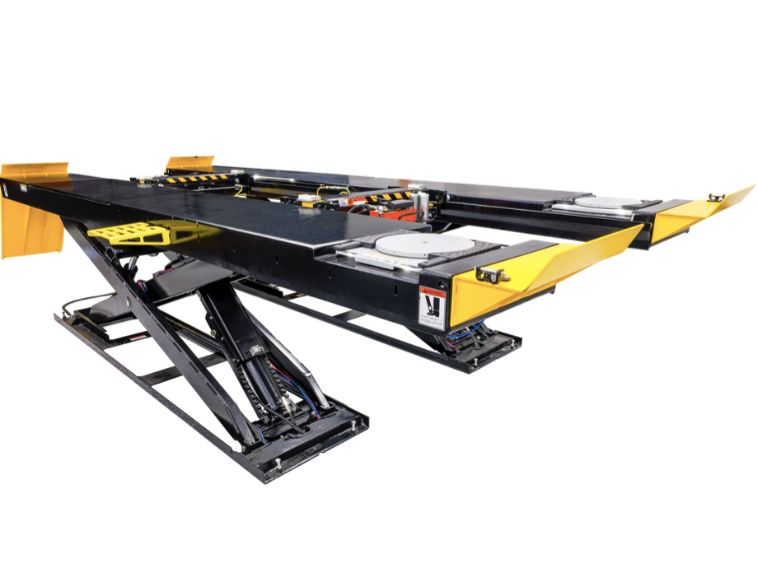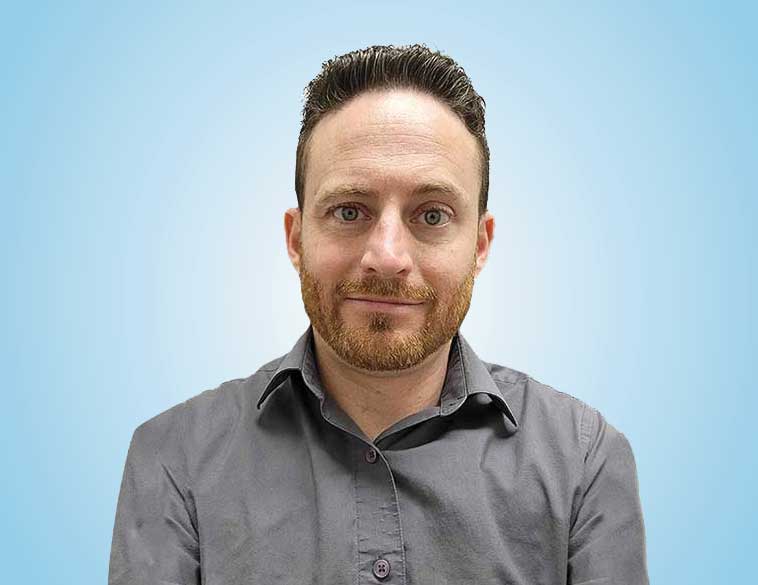Not all tire centres offer a wheel alignment service to their customers, although this can be a very profitable operation when properly managed.
For a tire centre, having the option of carrying out these operations in-house offers a number of advantages. Whether it’s reducing lead times, because the car no longer needs to be outsourced, or improving quality control, the decision to invest in the necessary equipment is a plus.
For tire professionals, giving consumers a car that runs straight also means that the tires will wear normally and perform as expected.
Adjusting wheel alignment is a profitable business when it forms part of a well thought-out commercial strategy.
“Yes, alignment is a very profitable service for workshops,” agrees Alexandre Thivierge, Territory Manager for Total Shop Solutions at Snap-On Equipment. With over ten years’ experience of selling specialist equipment to tire centres, Thivierge explains that investment in alignment equipment must be part of a workshop’s overall strategy.
-

The chisel alignment table from the Hofmann catalogue. Photo Snap-On Equipment
Calculating return on investment
“You have to calculate a return on investment (ROI), taking into account not only the profit generated, but also the cost of production, including labour and investment in equipment. Obviously, the shorter the return, the better. The approach I take is that of consultative selling, since the investment in an alignment system is a cornerstone of a workshop and an investment of great interest. A conversation about shop dynamics, location and reasons for the investment is in order.”
Depending on the volume, the workshop may want to dedicate a service bay to alignments. However, its manager will need to ensure that he or she has the necessary space to do so. Considering ergonomics is a factor in efficiency.
The ramp used for alignment can certainly be used for other tasks in a workshop that doesn’t have the volume to occupy it full-time. That said, the team at the centre is at the forefront of making this equipment profitable. A wheel alignment check should be recommended to every customer who comes to the counter.
“There are tools to help sell the alignment, such as a check with printout,” continues Thivierge. “This simplified, visual report, which is easy for customers to understand, will show them the real condition of their vehicle. It should be noted that nothing beats a real check on an alignment table, where you get a controlled, level environment, a free vehicle, normally without a driver, and a complete and accurate unveiling. These genuine results are the basis for satisfied customers.”
We should also mention that the wheel alignment measurement equipment indicates ADAS resets to technicians. This is of the utmost importance when it comes to upgrading advanced driver assistance systems (ADAS).
For tire centres that want to include alignment, or for those that already offer this service, Snap-On offers several solutions using John Bean and Hofmann products. As Thivierge points out, these solutions enable a workshop that is just starting to offer this kind of service to get up to speed, with entry-level equipment, even if it means moving up to a higher level once the expertise and profitability are there.
According to this expert, an investment in an alignment system varies enormously, from $15,000 to $70,000, if a lift table is added.
Considerable potential
Dave Leclair, an independent manufacturer’s representative for Hunter Engineering, knows the Quebec market well and believes that the commercial potential of the alignment service for a tire centre is considerable.
“Around half of all vehicles on the road need an alignment. So it’s easy for a workshop to realise how many opportunities are needed to cover the investment with a stable and reliable revenue stream.”
He explains that it is by measuring the number of customers at a tire centre and estimating the cost of the operation that the manager will be able to determine which equipment to choose and how it will pay for itself. “I’m not in favour of opting for entry-level equipment for a workshop that wants to offer this service,” explains Leclair. Instead, you have to opt for the most efficient equipment, depending on the volumes involved. The profit margin per alignment is very high for a workshop. This service is always ranked first or second in terms of profitability.”

Selling the service
-

For Hunter’s Dave Leclair, it’s the volume of customers that should determine the choice of alignment equipment. Photo Hunter Engineering
However, he stresses that before even considering this investment, technical staff should systematically include alignment checks in their inspection protocol. Interaction with the consumer is simplified by the production of an easy-to-interpret visual report.
“For a tire centre, it’s very important to give customers a vehicle with the right wheel alignment,” says Leclair. “Driving comfort depends on it, as does the durability of the tires and the maintenance of their performance. But today, with more and more vehicles equipped with advanced driver assistance systems, wheel alignment is an important safety factor.”
He adds that the latest technology equipment makes it possible to carry out geometric adjustments and calibrate vehicle safety systems correctly and efficiently.
“The cameras and other sensors in the vehicles follow the wheels and if those wheels aren’t going in a straight line, neither are the ADAS systems,” he illustrates.
According to Leclair, Hunter Engineering’s flagship product for the Quebec market is the Hawkeye Elite. This device is approved by all car manufacturers and gives the centre access to the world of ADAS calibration.






 LONGUEUIL
LONGUEUIL Full time
Full time

